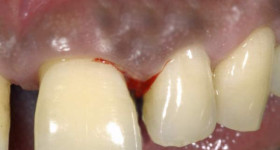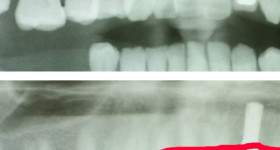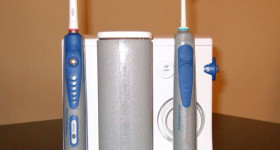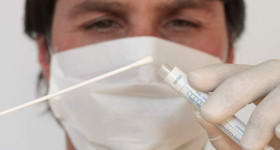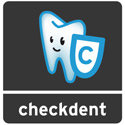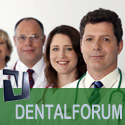What does fixed, partly removable and removable mean?
Fixed means that you are not able to remove the dentures out of the mouth. The denture is in the mouth constantly. This is not a dental plate, but a denture.
 A classic example is a dental crown (pic.1). The quality of dental crowns, a correct bite and the dental arch incorporation have to fit all the time! Differences in costs refer to the effort and the aesthetic elaboration.
A classic example is a dental crown (pic.1). The quality of dental crowns, a correct bite and the dental arch incorporation have to fit all the time! Differences in costs refer to the effort and the aesthetic elaboration.
–
–
–
–
–
–
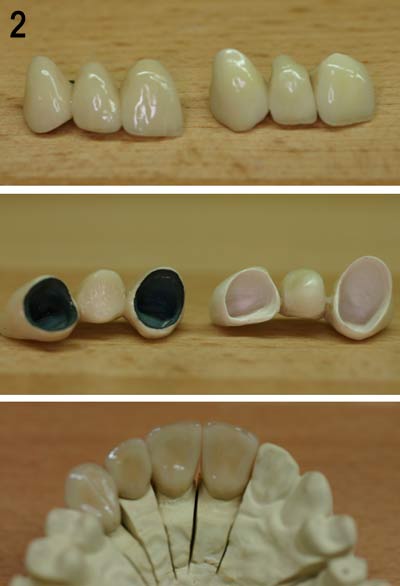 Another example of a fixed denture is the dental bridge (pic.2) Like the dental crown it is also carbonised on tooth stumps. The only difference is, that a dental bridge connects one or more interlinks together. Separate crowns are often linked together-without interlinks. This is done to save work, cause the technician has to mold less sides on the denture and so the dentist has to pay less for the work. But this causes disadvantages for you!
Another example of a fixed denture is the dental bridge (pic.2) Like the dental crown it is also carbonised on tooth stumps. The only difference is, that a dental bridge connects one or more interlinks together. Separate crowns are often linked together-without interlinks. This is done to save work, cause the technician has to mold less sides on the denture and so the dentist has to pay less for the work. But this causes disadvantages for you!
–
–
–
–
–
–
 If there is no tooth stump left you need an implant instead (pic.3). A denture with implants is mostly carbonised- but with a temporary dental cement-this is called a “partly removable denture.”
If there is no tooth stump left you need an implant instead (pic.3). A denture with implants is mostly carbonised- but with a temporary dental cement-this is called a “partly removable denture.”
If the dentist is able to remove the denture, for example by loosen screws, it is called partly removable denture-so the dentist is able to remove your denture “easily” but you are not.
–
–
–
–
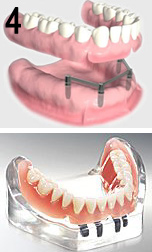 A classic example of a partly removable denture is a screwed bridge solution (pic.4)
A classic example of a partly removable denture is a screwed bridge solution (pic.4)
As said before: Implant crowns are carbonised contrary to normal crowns, so the denture can be removed by the dentist as needed. You call it a fixed denture if the crown is placed on the tooth stump, cause the dentist has to destroy the crown to get to the tooth.
–
–
–
–
–
–
The use of screwed dentures was not unusual in the past, today carbonised solutions are trend setting.
Some reasons are:
- Development and improvement of dental cement (permanent and temporary cement)
- lower costs in contrast to expensive screwed solutions
- easier to clean
- less problems
- higher comfort, cause screwed dentures are usually bigger and clumsy
- positive development in the region implantology and bone structure surgery
If you have a fixed or partly removable denture the masticatory force is initiated by bones either on the dental root or with implants. This is also possible with removable dentures-the masticatory force can also be initiated by the mucous membrane. You differentiate from denture, supported by bones or mucous membrane. More on this in the next article.

